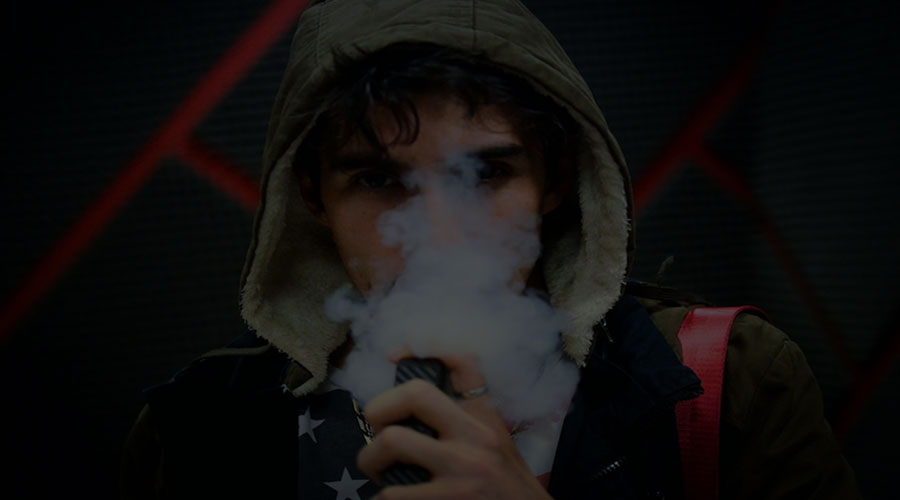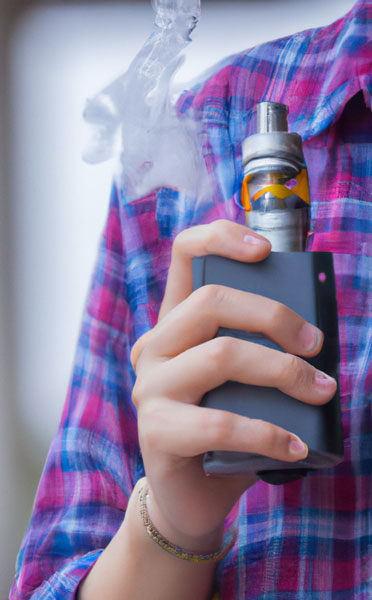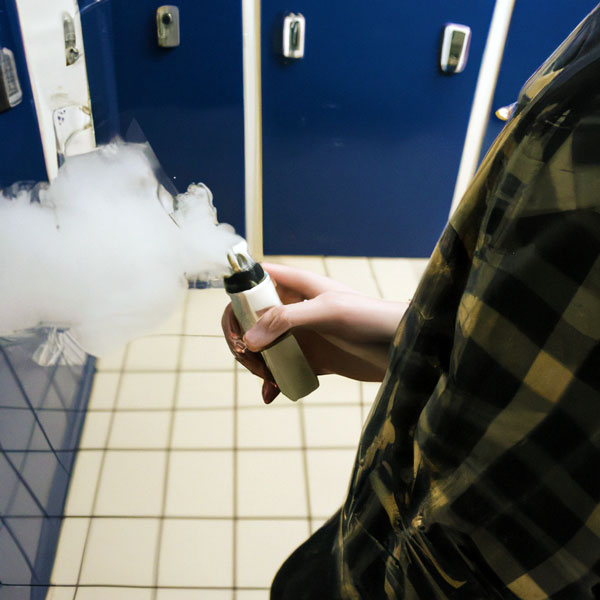
The issue of vaping in schools is becoming increasingly prevalent, requiring teachers, administrators, and parents to be informed of its impacts and feasible solutions. Keeping kids safe from vaping is the focus of the following blog.
History of Vaping
The history of vaping surprisingly can be traced back to 1963 when Herbert Gilbert invented the first electronic cigarette.
However, it wasn’t until 2007 when pharmacist Hon Lil created the modern e-cigarette that vaping started to become increasingly popular. Since them, vaping has grown into a global phenomenon with millions of people, young and old using e-cigarettes.
Health Risks
Like smoking, vaping carries certain health risks that should be considered by users. In spite of the fact that vaping is often marketed as a safer alternative to smoking, it is not without its own risks.
One of the main risks of vaping is the inhalation of harmful chemicals. By heating a liquid solution containing nicotine, flavors, and other chemicals, vaping devices produce an aerosol that’s inhaled. In some cases, these chemicals may pose health risks, such as diacetyl, which has been linked to bronchiolitis obliterans, a severe lung disease.
Another risk of vaping is addiction to nicotine. It is not uncommon for vaping products to contain high levels of nicotine, a highly addictive substance that can lead to dependence and withdrawal symptoms.
Some evidence also suggests that vaping increases cardiovascular disease risk. Some studies have found that vaping can cause an increase in blood pressure and heart rate, as well as a thickening of the arteries.
Furthermore, vaping can also cause lung damage. There have been reports of serious lung injuries and even deaths linked to vaping. The cause of these injuries is not fully understood, but it is believed that they may be related to the inhalation of harmful chemicals in vaping products.
Finally, there is the risk of accidental injury from exploding vaping devices. In rare cases, vaping devices have exploded, causing burns and other injuries.

Vaping in Schools
Vaping has become increasingly popular among teenagers in recent years. A study conducted in 2018 found that 21% of high school students and 5% of primary school students reported using an e-cigarette or ‘vape’ equivalent in the past month. This is concerning as the risks as previously mentioned above is alarming. It’s important for parents and educators to be aware of the dangers of vaping and take steps to prevent teens from starting.



Strategies for Dealing with Vaping
There are a variety of strategies that can be used to deal with vaping in schools. These include enforced bans on vaping, education and awareness campaigns, and the continuation work with the community and vape stores to prevent sales to minors. It’s important to take a proactive approach to deal with vaping in schools and to prevent students from starting and to help those who are already addicted to kick the habit.
By using a combination of these strategies, in conjunction with Verkada’s Vape Sensor, schools can create a supportive and safe environment that discourages students from vaping and promotes healthy habits.






